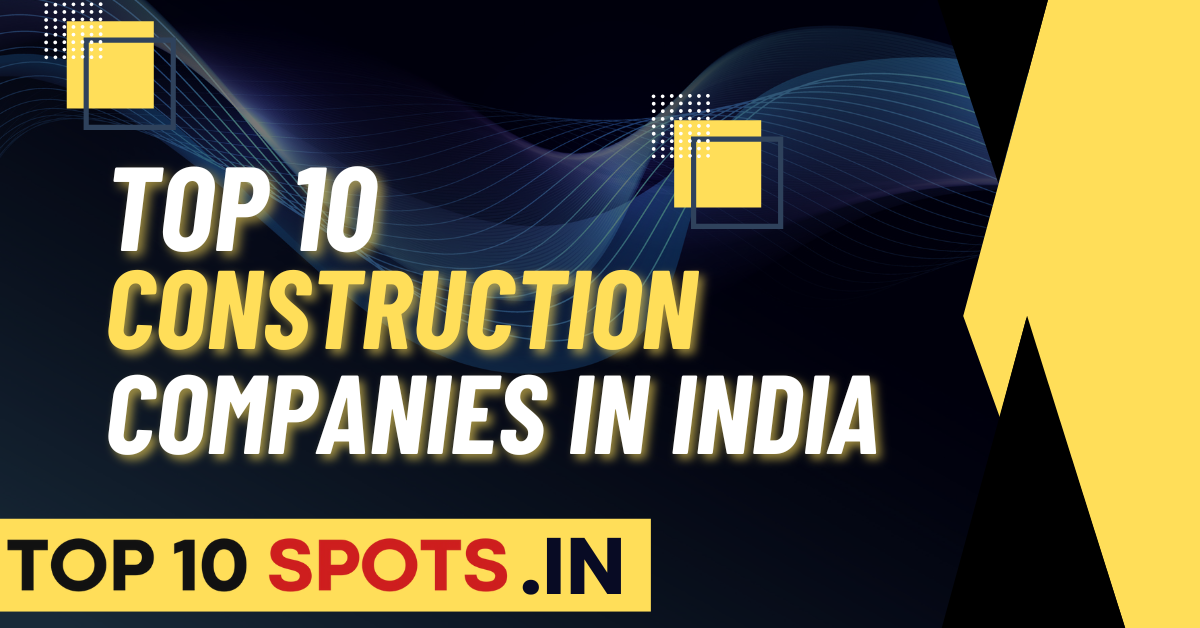The Top 10 Cryptocurrencies in 2025: An In-Depth Overview
Cryptocurrencies have evolved from niche digital assets to globally recognized financial instruments. In 2025, the top 10 cryptocurrencies by market capitalization command a significant share of the $4 trillion crypto market. While the crypto space offers groundbreaking opportunities, it also carries high volatility and risk. This blog post explores the top 10 cryptos in terms of utility, pros, cons, and risk mitigation strategies.
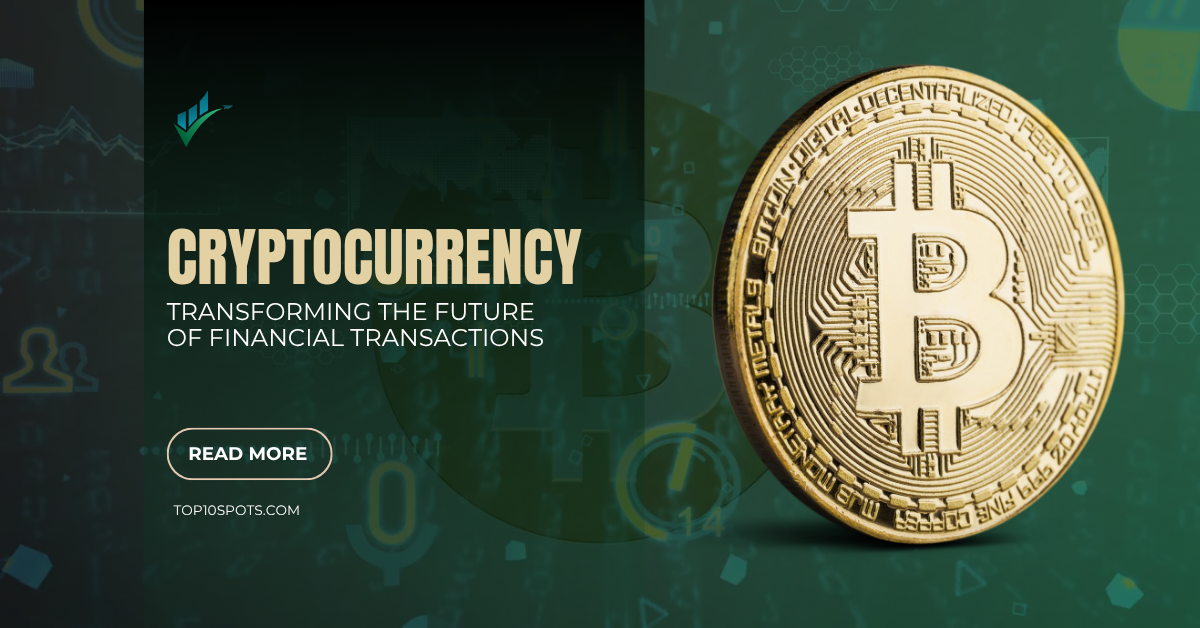
1. Bitcoin (BTC) – The Digital Gold
What It Is
Bitcoin remains the most dominant cryptocurrency in 2025, with a market cap close to $2 trillion. It’s primarily seen as a store of value and hedge against inflation.
Pros
Most secure and decentralized network (Proof-of-Work)
Widely accepted by institutions and governments
Liquidity is unmatched across exchanges
Cons
High energy consumption
Slow transaction speeds compared to newer chains
Scalability is limited without Layer 2 solutions
Risks
Regulatory crackdowns in certain jurisdictions
Vulnerability to market manipulation
Mitigation
Use regulated custodians for holding BTC
Diversify portfolio beyond Bitcoin for growth exposure
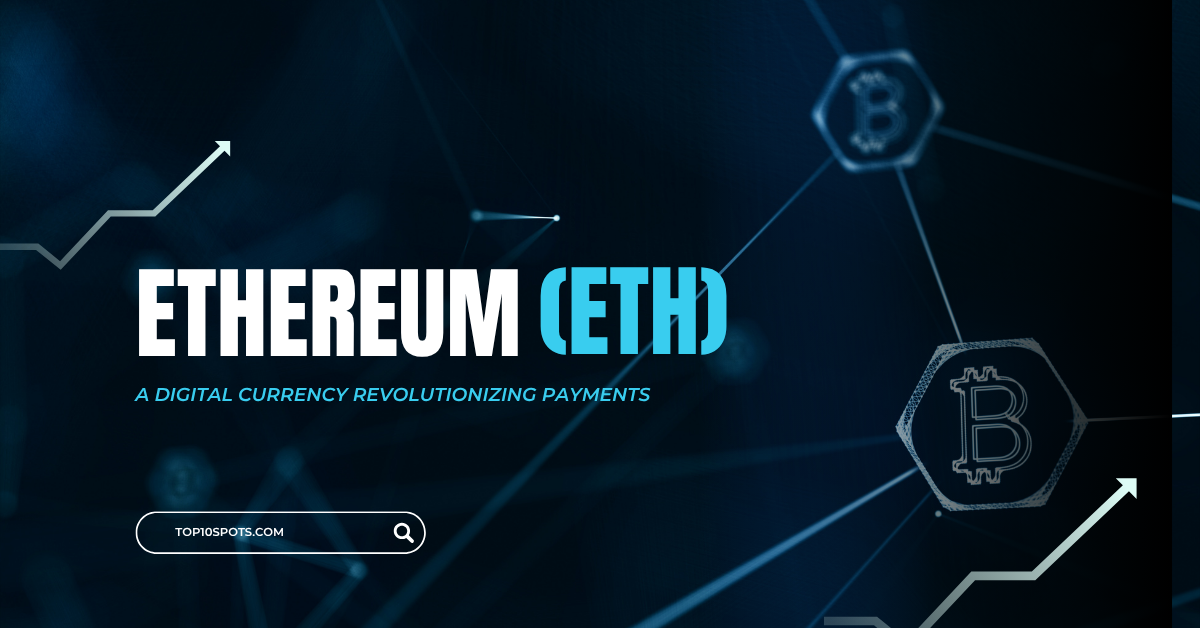
2. Ethereum (ETH) – The Smart Contract Pioneer
What It Is
Ethereum is the backbone of decentralized applications (dApps), NFTs, and DeFi. After its transition to Proof-of-Stake (The Merge), it’s more energy-efficient and scalable.
Pros
Supports thousands of decentralized apps
Strong developer community and continuous upgrades
ETH staking offers passive income
Cons
Gas fees can still spike under congestion
Complex architecture can lead to bugs or exploits
Risks
Smart contract vulnerabilities
Delay in critical upgrades like Danksharding
Mitigation
Use audited DeFi protocols
Stake ETH only via trusted validators or centralized exchanges
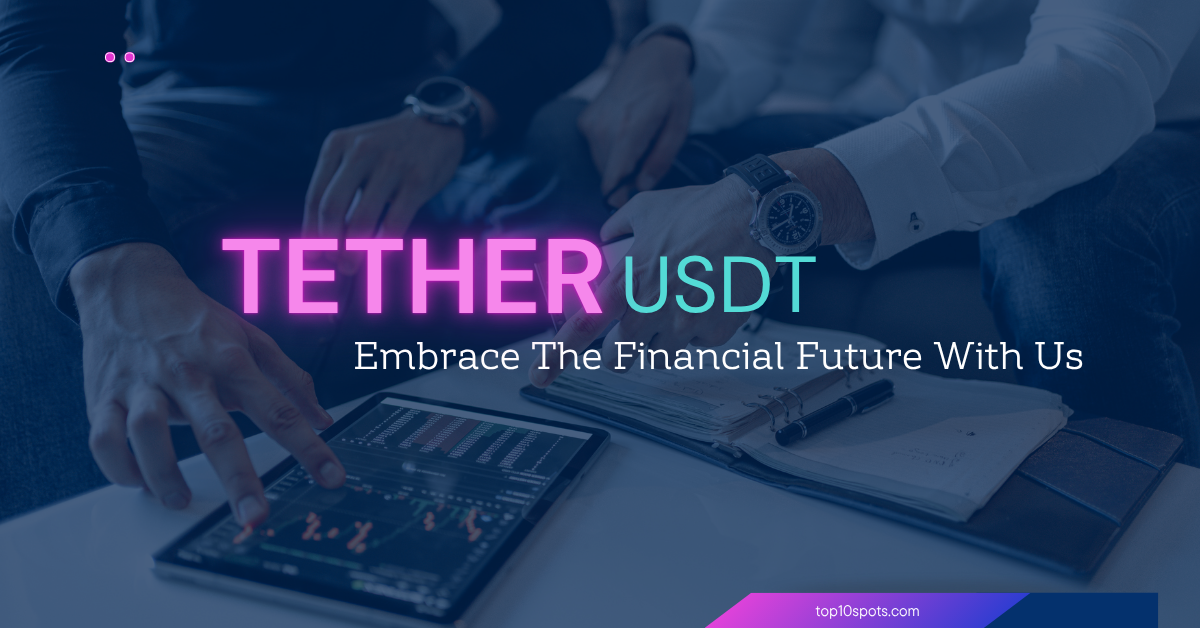
3. Tether (USDT) – The Dominant Stablecoin
What It Is
USDT is a fiat-backed stablecoin pegged to the U.S. dollar, mainly used for trading and liquidity in crypto markets.
Pros
Extremely liquid and available on almost every exchange
Allows fast value transfer without price volatility
Cons
Centralized and not fully transparent about reserves
Regulatory scrutiny over its auditing practices
Risks
Risk of depegging if reserves are mismanaged
Government bans on centralized stablecoins
Mitigation
Use alternative regulated stablecoins like USDC or EURC for diversification
Move stablecoin assets into self-custody wallets
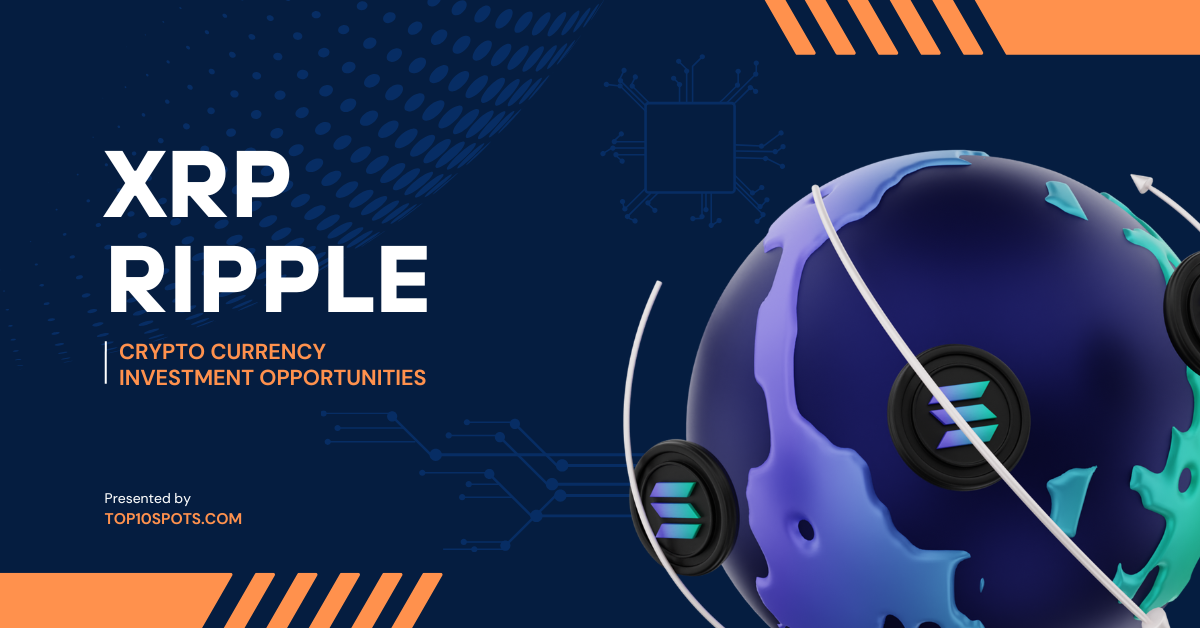
4. XRP (Ripple) – Cross-Border Banking Solution
What It Is
XRP is designed for quick and inexpensive international money transfers, particularly for institutional use.
Pros
High-speed, low-cost transactions
Strong partnerships with banks and financial institutions
Cons
Centralization concerns due to Ripple Labs’ large token holdings
Long-standing legal issues (e.g., SEC case)
Risks
Court rulings could affect price drastically
Over-reliance on Ripple’s business success
Mitigation
Use XRP for short-term transfers, not long-term storage
Stay updated on legal developments impacting Ripple Labs
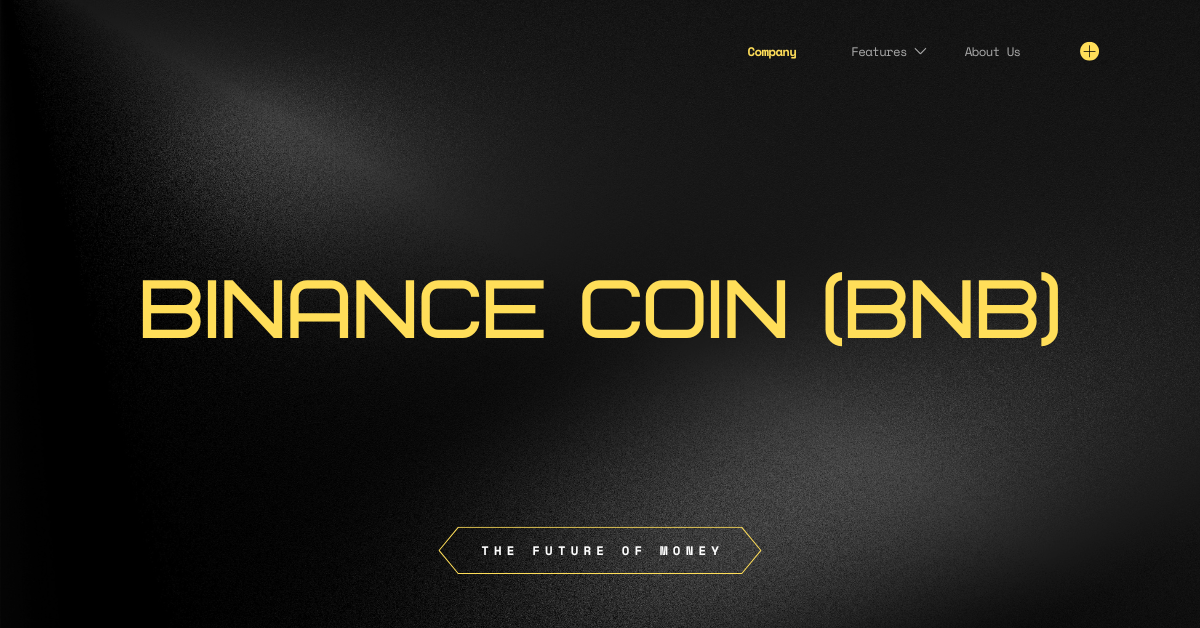
5. Binance Coin (BNB) – Exchange Utility Token
What It Is
BNB is the native token of the Binance ecosystem. It offers fee discounts, staking, and access to DeFi and NFTs on the Binance Smart Chain.
Pros
Wide utility across Binance’s massive platform
Low transaction fees on BNB Chain
Cons
Highly centralized under Binance’s control
Faces regulatory pressure across many countries
Risks
Regulatory shutdowns could affect token value
Binance’s business model influences BNB directly
Mitigation
Limit long-term exposure to BNB
Monitor regulatory developments in your jurisdiction
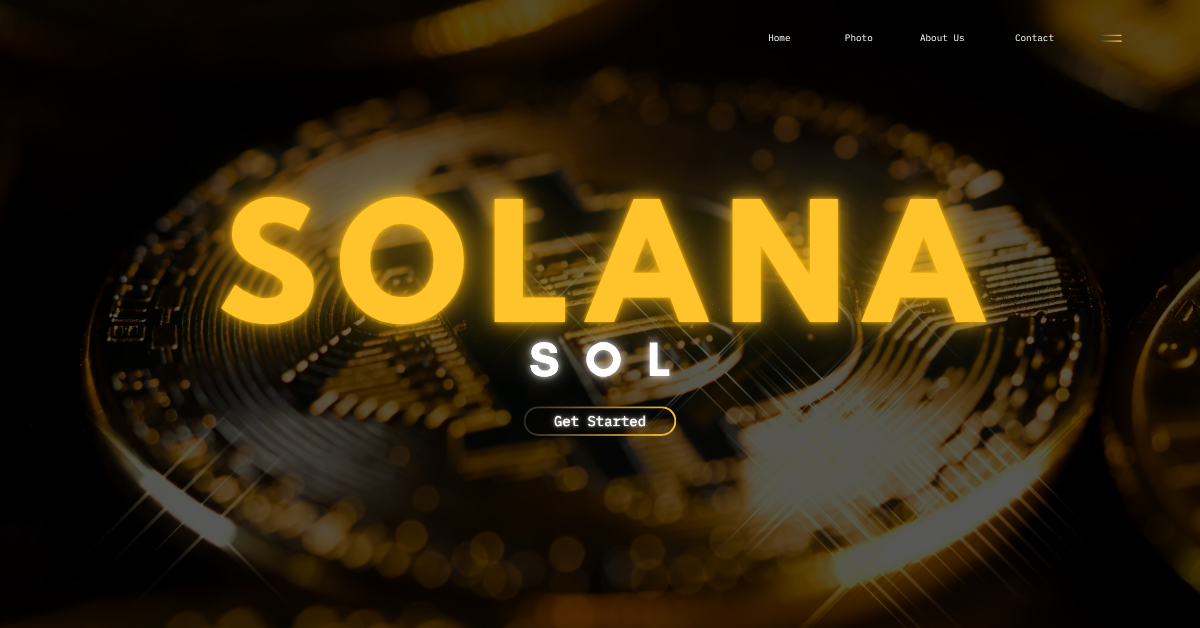
6. Solana (SOL) – The Fast and Scalable Platform
What It Is
Solana is known for its high-speed and low-cost transactions, making it ideal for DeFi, NFTs, and gaming.
Pros
Extremely fast throughput (65,000+ TPS)
Attracts a vibrant ecosystem of developers and dApps
Cons
History of network outages
Lower decentralization than Ethereum or Bitcoin
Risks
Network instability during peak usage
Security vulnerabilities in newer protocols
Mitigation
Avoid keeping large funds on Solana-based apps during high traffic
Participate only in well-established projects on the network
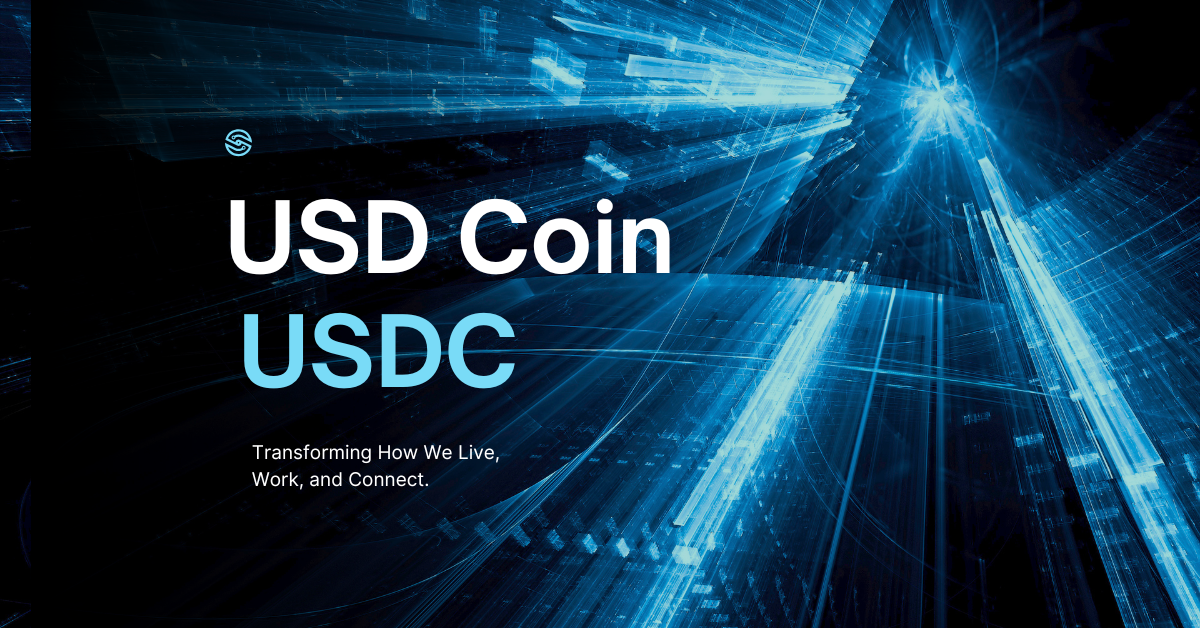
7. USD Coin (USDC) – The Regulated Stablecoin
What It Is
USDC is a fiat-backed stablecoin fully audited and issued by regulated financial institutions like Circle.
Pros
Transparent and regularly audited reserves
Widely adopted in institutional finance and DeFi
Cons
Still centralized and subject to blacklisting
Peg relies on trust in U.S. financial infrastructure
Risks
Freezing of funds due to compliance issues
Regulatory shifts affecting dollar-backed coins
Mitigation
Use decentralized stablecoins (e.g., DAI) alongside USDC
Keep part of your portfolio in non-USD assets
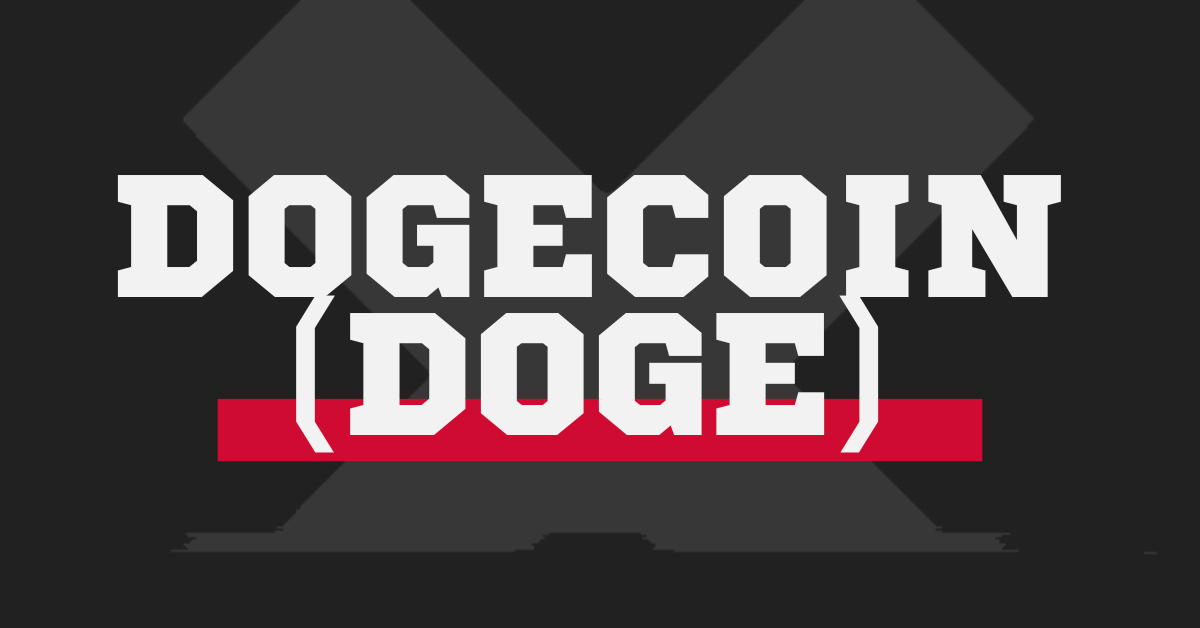
8. Dogecoin (DOGE) – The Meme Powerhouse
What It Is
Initially started as a joke, Dogecoin is now one of the top assets thanks to strong community support and influencers like Elon Musk.
Pros
Fast and cheap transactions
Supported by major platforms like Twitter/X for tipping
Cons
No real development team or roadmap
Extremely volatile and speculative
Risks
Prone to pump-and-dump cycles
Lacks technical fundamentals
Mitigation
Treat DOGE as a speculative asset
Only invest what you can afford to lose
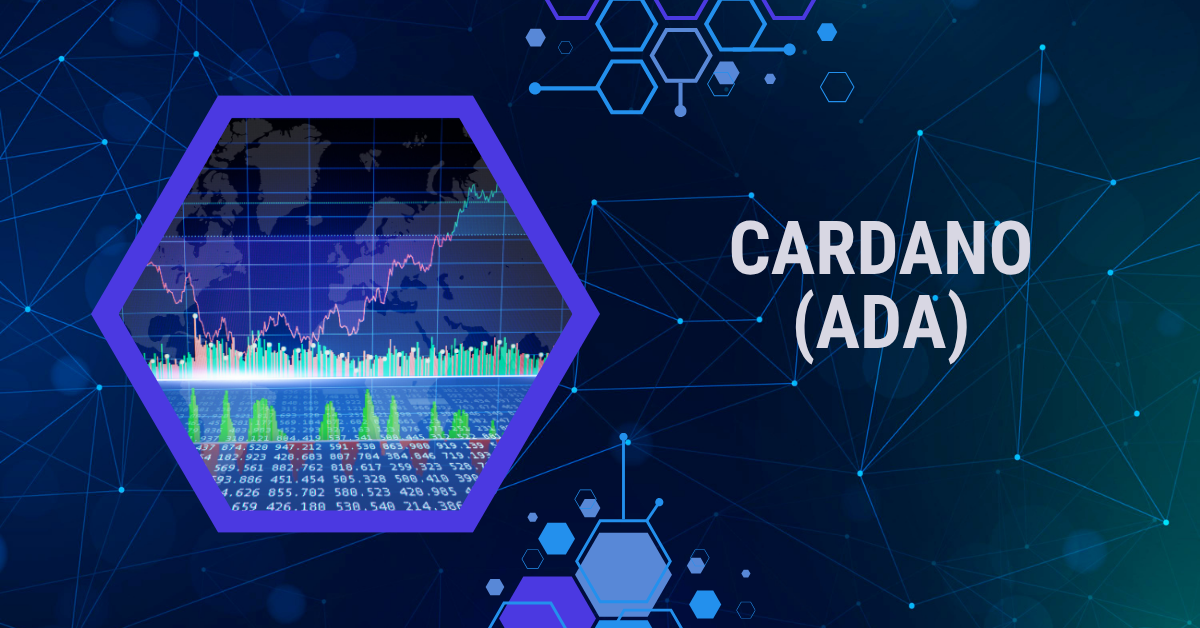
9. Cardano (ADA) – The Research-Driven Blockchain
What It Is
Cardano focuses on academic research and peer-reviewed upgrades. It supports smart contracts and aims to solve blockchain scalability and governance issues.
Pros
Formal development process ensures reliability
Strong focus on decentralization and sustainability
Cons
Slow pace of development
DApp ecosystem is still catching up
Risks
Losing developer interest to faster chains
Upgrades delayed due to research bottlenecks
Mitigation
Combine ADA with faster, battle-tested chains in a portfolio
Focus on real-world use cases and adoption stats before investing
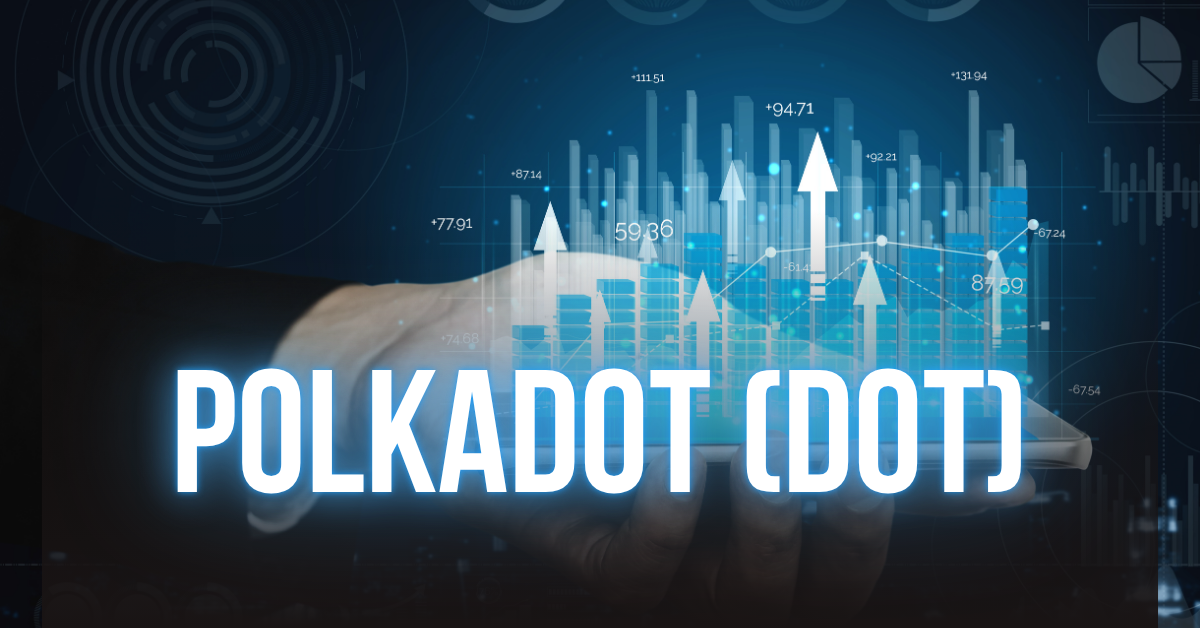
10. Polkadot (DOT) – Interoperability Pioneer
What It Is
Polkadot enables cross-chain communication and scalability via parachains, aiming to connect all blockchains in a single network.
Pros
Innovative interoperability model
Strong technical foundation and ecosystem
Cons
Complex tokenomics and architecture
Competes with similar Layer 0 and Layer 1 networks
Risks
Security risks from less mature parachains
Limited mainstream adoption so far
Mitigation
Invest only after understanding parachain auctions
Diversify across other interoperability-focused projects
Final Thoughts: Navigating the Crypto Landscape
The cryptocurrency world in 2025 is thriving—but not without risk. While top coins like Bitcoin and Ethereum offer security and innovation, others like Dogecoin or XRP carry more speculative weight. Each asset has its unique strengths and vulnerabilities.
✅ Key Takeaways:
Understand the utility of each coin before investing
Diversify across different types (e.g., stablecoins, smart contract platforms, payment tokens)
Stay informed with credible news, especially around regulations and technical developments
Never invest more than you can afford to lose
By evaluating facts, pros and cons, and potential mitigations, investors can make smarter, more resilient decisions in the ever-evolving crypto market.
Vetiver Attar, known as the “oil of tranquility,” delivers a deep, earthy aroma that is both grounding and rejuvenating. Extracted from the roots of vetiver grass, this attar is perfect for those seeking balance and calm.
- Key Notes: Earthy, woody, and slightly smoky.
- Best For: Stress relief, mindfulness, and grounding practices.
- Why It’s Special: Vetiver’s grounding qualities make it ideal for connecting with nature and finding inner peace.
Disclaimer
The information provided in this blog is for educational and informational purposes only and should not be construed as financial or investment advice. Cryptocurrency investments are highly volatile and involve significant risk, including the possible loss of principal. Always conduct your own research or consult with a qualified financial advisor before making any investment decisions. The author and publisher are not responsible for any losses or damages resulting from the use of this information.












